Ten ancient species that have survived for millions of years
These ancient creatures, often referred to as 'living fossils,' offer a rare glimpse into Earth’s evolutionary past.
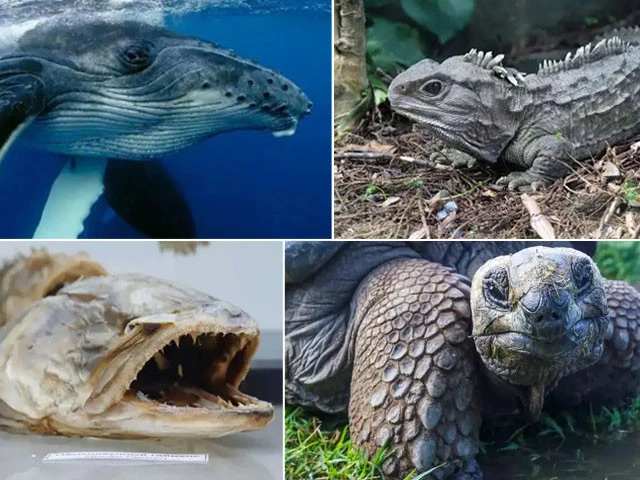
As the planet undergoes rapid environmental shifts and countless species face extinction, some remarkable animals have stood the test of time—surviving for hundreds of millions of years with little change.
These ancient creatures, often referred to as “living fossils,” offer a rare glimpse into Earth’s evolutionary past and its resilience.
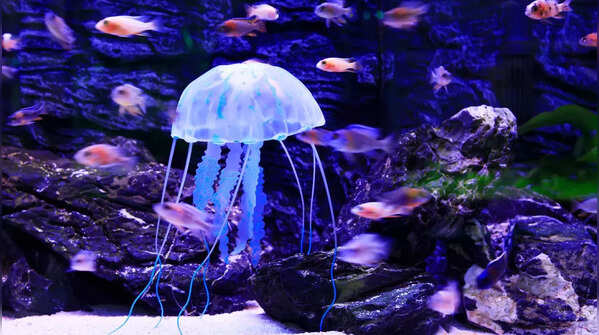
Among them is the jellyfish, an invertebrate that has drifted through oceans for more than 500 million years. Despite its delicate appearance, it has outlasted mass extinctions thanks to its adaptability.
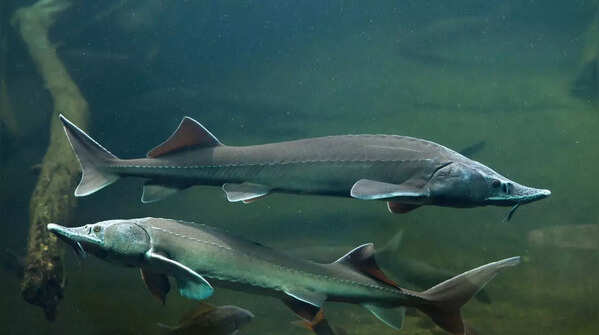
The sturgeon, a freshwater giant found across North America, Europe and Asia, has survived for over 200 million years. Often called a “living fossil,” it is now under threat due to overfishing and habitat destruction.
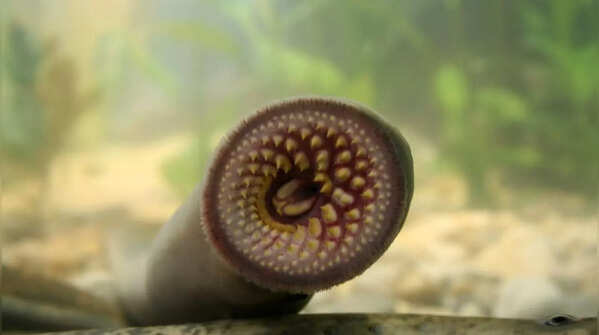
Another long-living survivor is the lamprey, a jawless fish with a sucker-like mouth that has existed for over 360 million years. Though parasitic in nature, the lamprey plays a vital role in aquatic ecosystems.
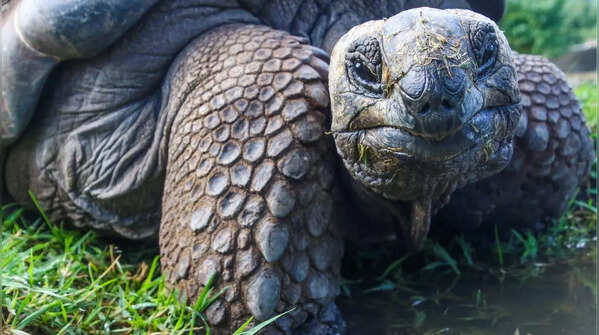
The giant tortoise, famed for lifespans exceeding a century, has roamed islands like the Galápagos and Seychelles for millions of years. Their slow pace and sturdy physiology have helped them endure harsh, isolated environments.
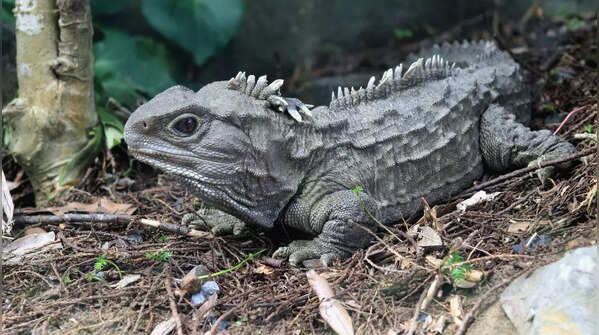
New Zealand’s tuatara, often mistaken for a lizard, dates back over 200 million years and boasts a unique "third eye." Its survival is largely due to the island nation’s lack of predators.
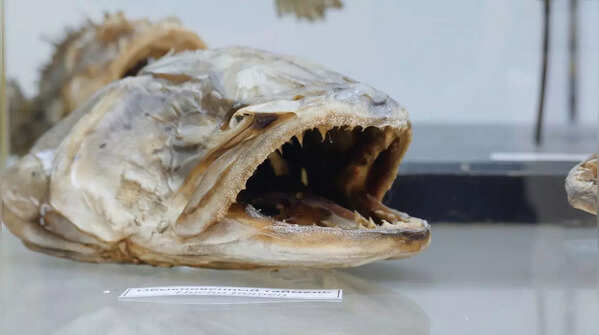
The elusive coelacanth, thought extinct until rediscovered in 1938, has remained almost unchanged for 400 million years. Found in deep waters off South Africa and Indonesia, it is a key species for studying the transition from sea to land.
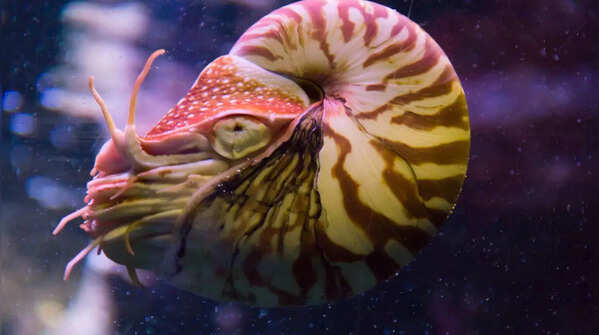
Equally ancient is the nautilus, a deep-sea mollusc with a spiral shell, whose lineage dates back more than 500 million years. It has changed little over time and thrives in the depths of the Indo-Pacific.
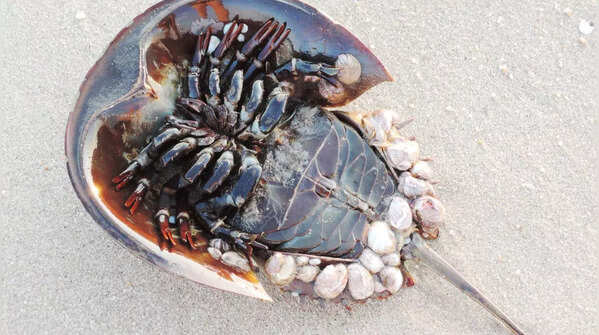
The horseshoe crab, with its distinctive hard shell and blue blood, has been present for 450 million years and plays a crucial role in biomedical science.
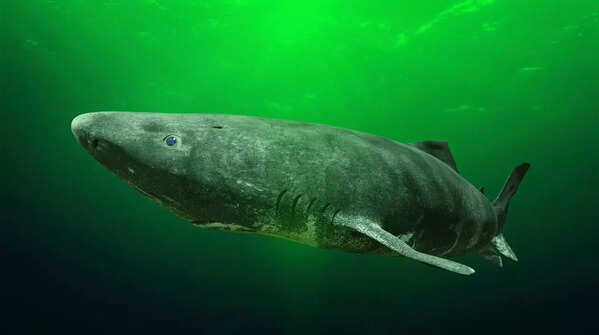
Meanwhile, the Greenland shark, a deep-sea predator from the Arctic, is thought to live up to 400 years, making it one of the longest-living vertebrates.
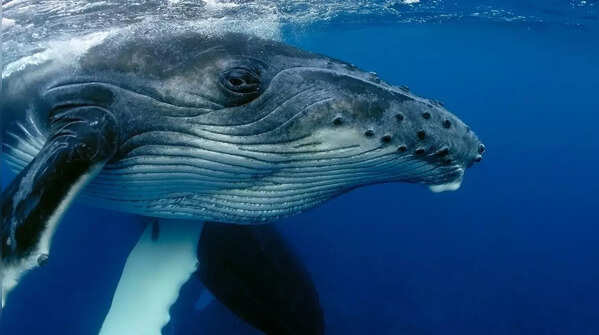
Lastly, the bowhead whale, found in Arctic waters, can live over 200 years. It is among the few mammal species to achieve such longevity while enduring some of the harshest marine climates.
These species not only provide insight into the distant past but also highlight the importance of conservation. Despite their resilience, many of these animals face modern threats—from climate change to habitat loss—making their continued survival a matter of global concern.



















COMMENTS
Comments are moderated and generally will be posted if they are on-topic and not abusive.
For more information, please see our Comments FAQ